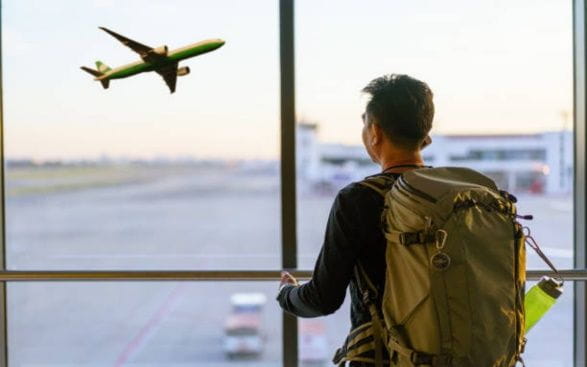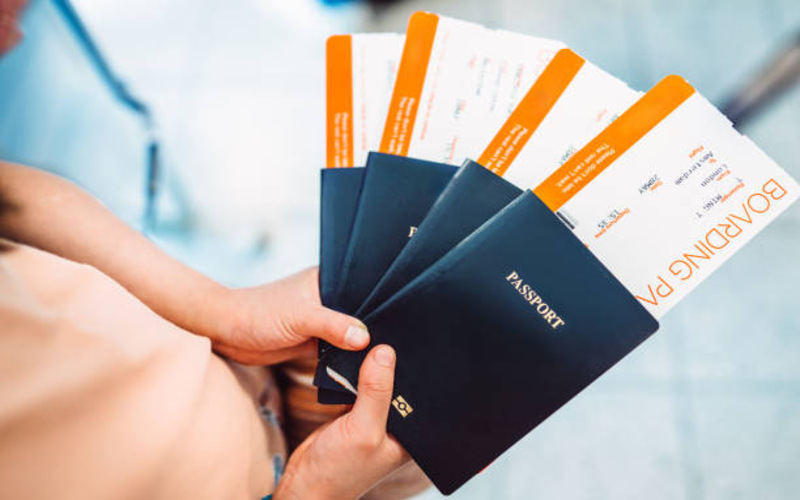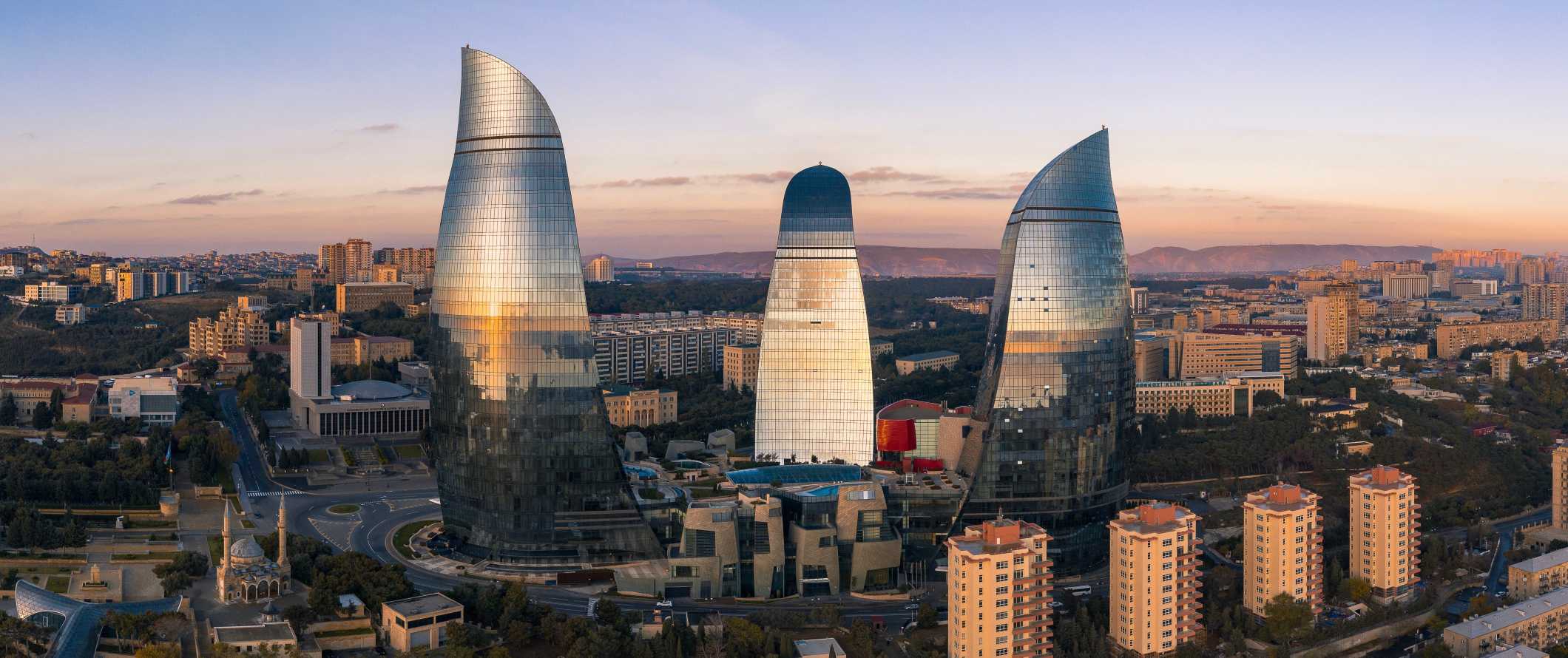Chile is a captivating destination, offering diverse landscapes, from the arid Atacama Desert in the north to the icy glaciers of Patagonia in the south. Whether you’re an adventurer seeking rugged trails or a culture enthusiast exploring vibrant cities, Chile has something for everyone. To make your journey smooth, ensure you understand the Chile visa requirements before traveling, as thoughtful planning is essential for an enjoyable trip.

To make the most of your visit, understanding the unique aspects of Chilean travel is essential. From dealing with varied climates to knowing how to stay connected, there are a number of important tips that can enhance your experience. This guide covers the essential things you need to know before you embark on your Chilean adventure, helping you navigate the country’s stunning national parks, vibrant cities, and local customs with ease. By following these tips, you’ll be well-prepared to explore all that Chile has to offer while making the most of your time in this fascinating destination.
Here are some essential tips for traveling to Chile

1. Make a seasonal plan:
Because of its geographic location, Chile experiences a wide range of climates. Since the nation is spread out over 4,300 kilometers from north to south, it may be snowing in one area while it is summering in another. While the northern desert regions, such as the Atacama, are accessible year-round, the southern regions, such as Patagonia, offer the best outdoor experiences during the summer months of December through February.
2. Bring Adaptations for Changing Weather:
Depending on your location, the climate can vary significantly, so make sure to pack appropriately. Since temperatures can fluctuate greatly throughout the day, layers are essential. When traveling to Patagonia, remember to pack a decent rain jacket. Sunscreen is also essential in the sunny and high-altitude desert areas.
3. Recognize the currency:
The Chilean Peso (CLP) is the currency used in the country. Although credit cards are commonly accepted in larger cities, it is always a good idea to have some cash on hand, particularly in more rural areas. Although ATMs are widely available, it’s a good idea to inquire about fees with your bank before you go. Banks, currency exchange offices, and airports all offer currency exchange services.
4. Use a local SIM card to stay connected:
Get yourself a local SIM card so you can stay connected while traveling. In most areas of the nation, major providers like Movistar, Entel, and Claro have strong coverage. SIM cards are readily available at airports and kiosks in large cities.
5. Take Up Some Simple Spanish Phrases:

Even though Spanish is widely spoken in tourist areas, having a basic understanding of the language can greatly improve your experience, particularly in less visited or rural areas. Conversation starters such as “Hola” (hello), “Gracias” (thank you), and “¿Dónde está? (where is?) can greatly facilitate communication with locals.
6. Check Out Local Foods:
Chile’s long coastline and agricultural heartland contribute to the country’s delicious and varied cuisine. Don’t miss the fresh seafood dishes like ceviche and pastel de choclo, as well as other regional specialties like empanadas. Excellent restaurants serving both international and traditional Chilean cuisine can be found in Santiago and coastal cities.
7. Visit National Parks:
Some of the world’s most beautiful national parks can be found in Chile. Famous hiking trails and breath-taking views can be found in Patagonia’s Torres del Paine, while the Atacama Desert is home to bizarre scenery like the Valle de la Luna. To protect these distinctive ecosystems, make sure you observe the rules set forth by each park and show consideration for the natural surroundings.
8. Get ready for elevated temperatures:
You will be at high altitudes if you are traveling to areas like the Andes Mountains or the Atacama Desert. It’s crucial to acclimate by taking it easy when you first arrive, staying hydrated, and abstaining from alcohol because some travelers may experience altitude sickness. Local cures such as coca tea can help reduce symptoms if necessary.
9. Using Public Transportation and Navigating:

Chile has an advanced transit system, particularly in cities like Santiago, which have a modern metro system. Long-distance buses are a popular and comfortable mode of transportation for getting between areas. Car rentals might be the most practical means of transportation when visiting far-flung locations.
10. Honor regional traditions:
Although most Chileans are amiable and welcoming, it’s crucial to respect regional traditions and customs. The most typical way to greet someone is with a handshake, but in more formal situations, you might give each other cheek kisses. Be aware of local customs and clothing codes when visiting places of worship or indigenous communities.
Conclusion
Traveling to Chile offers a rich and rewarding experience, with its stunning landscapes, vibrant culture, and diverse attractions. However, careful planning is key to making the most of your journey. Whether you’re exploring the majestic peaks of Patagonia or the unique desert landscapes of the Atacama, being prepared with practical travel tips can enhance your adventure. From packing appropriately for varied climates to learning basic Spanish phrases, these essential tips ensure that your trip is enjoyable and hassle-free.
Additionally, understanding the requirements for a Chile visa is crucial, especially for international travelers. Ensure that your visa is in order before arrival, and always stay informed about any changes in entry requirements. With the right preparation, you can fully immerse yourself in Chile’s natural beauty and rich heritage. By following these travel tips and securing the necessary documentation, you can enjoy a seamless experience, whether you’re hiking in national parks, tasting local cuisine, or connecting with the warm and welcoming Chilean people.
Checkout: Italy Tourist Visa Requirements: What You Need to Know Before Applying





